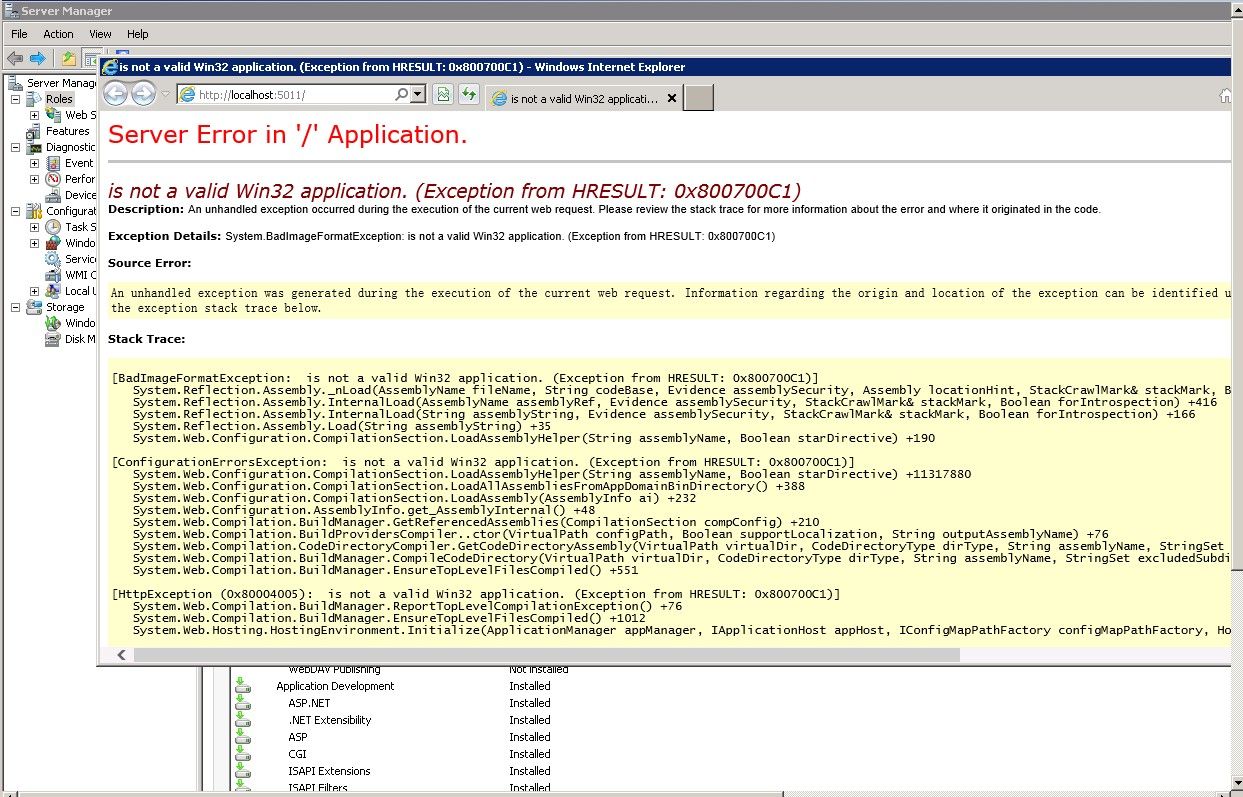

You're sending a preflighted request, the preflight went OK and the request was sent, but the headers on the final response for the real request don't allow you to read it.You're sending a preflighted request, and the headers on the preflight response don't allow you to send the real request.You're sending a simple request, which is sent immediately, but the headers on the response don't allow you to read it.

There's three ways that this might hit an error: It expects a response including headers that explicitly allow the real request. When a request is preflighted, before sending the real request the browser sends an OPTIONS request with headers explaining the real request that it wants to send. If the preflight request is successful, the real request is sent, and the final response to that still has to follow the same rules as a 'simple' response for you to be allowed to read it. A 'preflight' request will be sent to ask the server for permission before sending any of these requests, and if it's rejected, you won't be able to send the request at all. These are more complex requests, that aren't easy to send in other ways. You can always send simple requests, but you might not be allowed to read the response.

loading an image or posting a form to the cross-origin request (and we can't stop those, for huge backwards compatibility reasons). Any request that's possible here would also be possible by e.g. There are basic requests that use no unsafe headers, don't stream requests or responses, and only use HEAD, GET or POST methods (with limited safe content types). Your CORS request is failing because you're sending a request that the target server hasn't agreed to allow. The Facebook API and your local network servers can accept requests from web pages running on other origins if they want to, but only if they agree. The protocol, domain, and port all count as part of a URL's origin, but the path does not, so and have the same origin, but and do not.ĬORS protects against the above attacks by requiring the target server to opt into receiving dangerous requests from the source server, and to opt in to allowing pages from other origins to read responses. This only applies to cross origin requests, e.g. Without CORS, any web page you visit could access them. Servers like these are often unauthenticated and very trusting, because they aren't connected to the public internet. Your web page should not be able to send requests to my-intranet-server.local, which might be an internal company server or your home router, and it should not be able to talk to servers that are listening only for localhost requests.
Ot a valid origin for the client code#
When you include JavaScript in a web page, you're running code on your user's computer, inside their browsing session. In each of these cases, you've asked JavaScript running in your page to send a request to a different origin, and at some stage the browser is refusing to do what you want. Request header field custom is not allowed by Access-Control-Allow-Headers in preflight response. Method PUT is not allowed by Access-Control-Allow-Methods in preflight response. The value of the 'Access-Control-Allow-Origin' header in the response must not be the wildcard '*' when the request's credentials mode is 'include' Response to preflight request doesn't pass access control check No 'Access-Control-Allow-Origin' header is present on the requested resourceĬross-Origin Request Blocked: The Same Origin Policy disallows reading the remote resource at You know you're hitting a CORS error when you see error messages like:Īccess to fetch at ' ' from origin ' has been blocked by CORS policy. Not all is lost! Most CORS errors are quick & easy to debug and fix, once you understand the basics. Your request is hitting an error due to CORS.


 0 kommentar(er)
0 kommentar(er)
